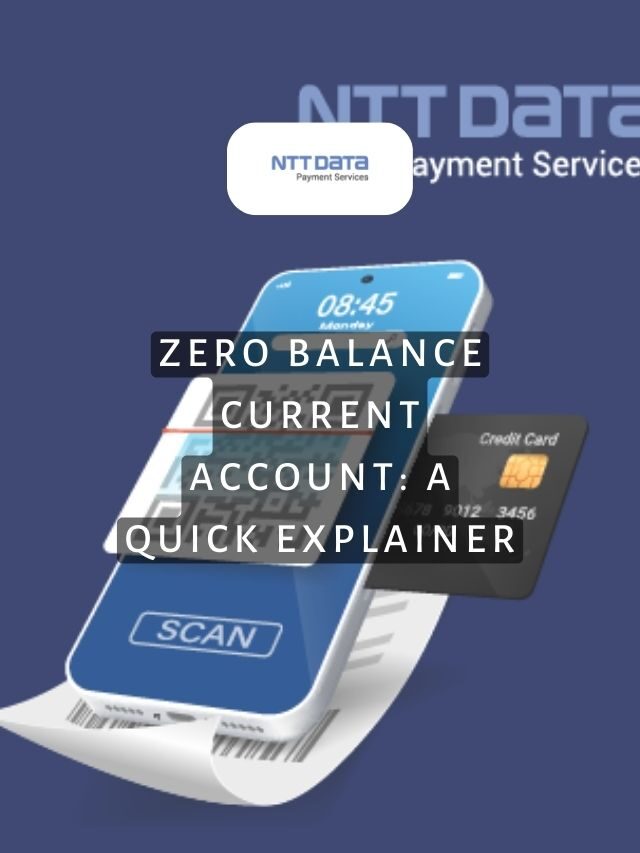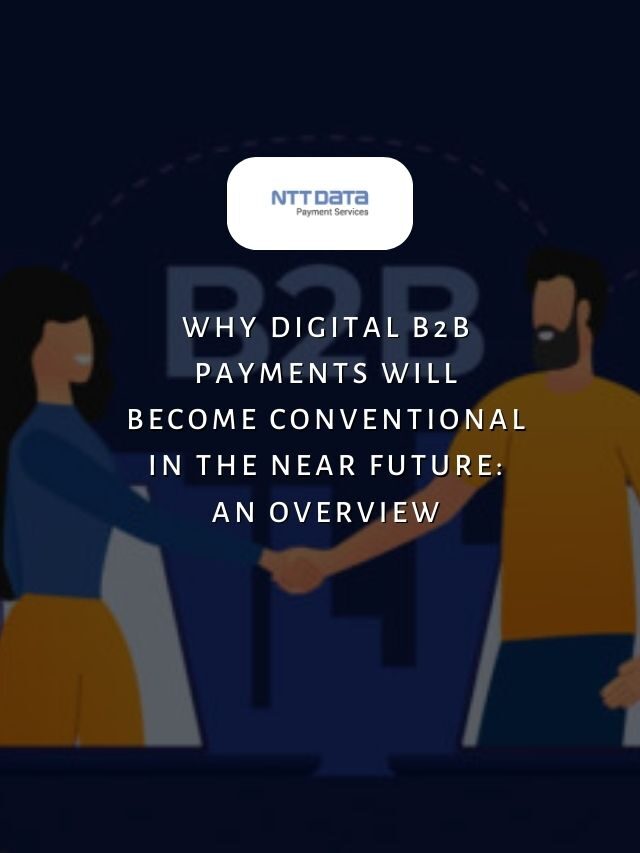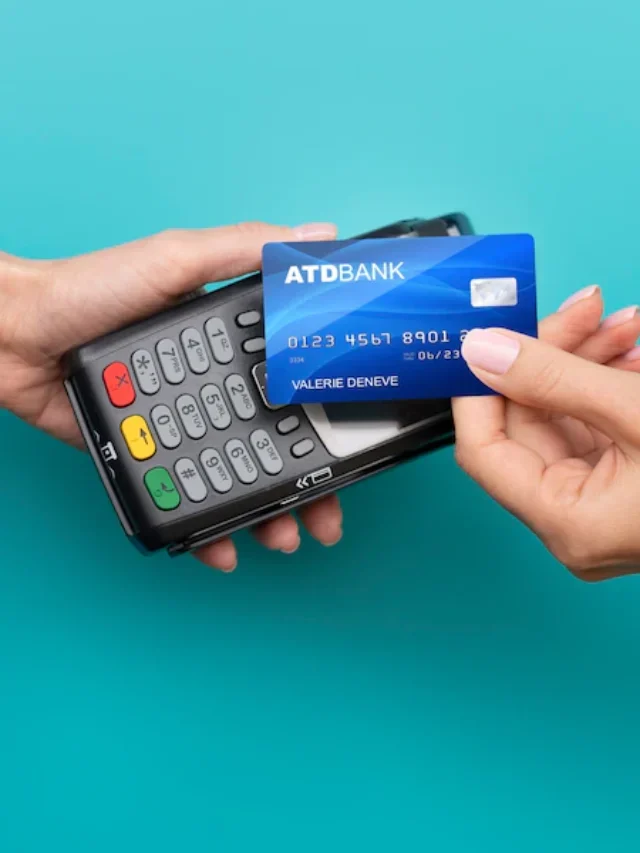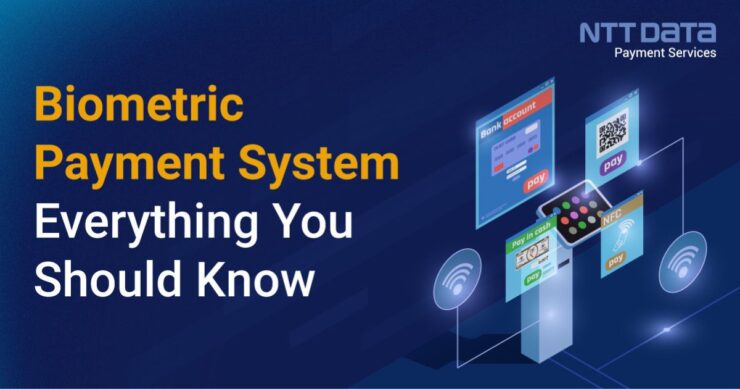
Table of Contents
- 1 Biometrics in Finance: Your Secure Path to Tomorrow’s Transactions
- 2 What is a Biometric Payment System?
- 3 How Do Biometric Payment Systems Work?
- 4 Benefits of Biometric Payment Systems
- 5 Securing Online Payments With NTT DATA Payment Services
- 6 Enhanced Security, Convenience, and Efficiency with Biometric Payment System
Biometric payment system utilise unique human characteristics such as fingerprints, facial recognition, or voice patterns to verify identities and process transactions securely. This gives consumers a faster, more convenient checkout experience than traditional payment methods.
Major companies are actively developing biometric technologies that can be integrated into point-of-sale terminals or mobile payment apps. This blog post will explore the growing use of biometrics in financial transactions and provide insight into the technology powering these innovative payment solutions.
Biometrics in Finance: Your Secure Path to Tomorrow’s Transactions
Biometric authentication is rapidly changing how we make secure online and in-store payments. This emerging technology provides consumers with a highly convenient payment experience while enhancing security.
An individual’s biometric data is captured, and encrypted templates are stored in a database. The biometric data is scanned and matched against the stored template when purchasing. Additional authentication, like a PIN, is often required.
Faster checkout times, increased data protection, and more robust authentication fuel interest in these biometric-enabled payment options. However, some concerns around privacy, accessibility, and potential for error still exist and require consideration.
What is a Biometric Payment System?
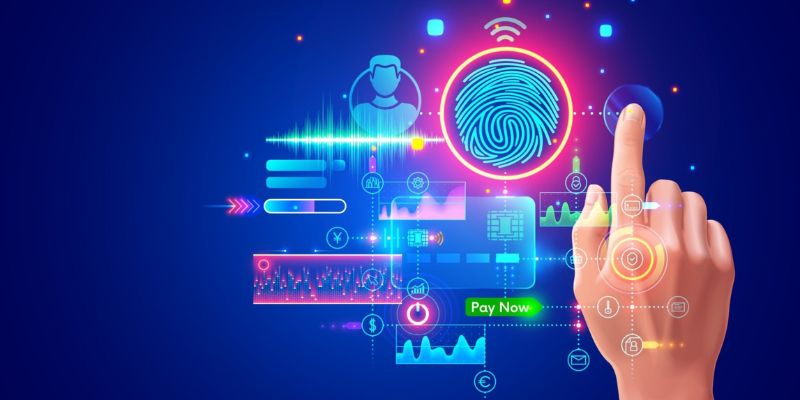
A biometric payment system is a digital transaction method that authenticates users based on unique physical or behavioural characteristics, such as fingerprints, facial features, or voice, to complete purchases securely.
2 Types of Biometric Payment Systems
Two types of biometric payment systems are popularly recognised in the financial sector.
- Fingerprint
- Iris Recognition
1. Fingerprint
Fingerprint payment in biometrics is a secure and convenient digital transaction method that uses an individual’s unique fingerprint to authenticate. It involves capturing and storing the user’s fingerprint data, typically using a biometric scanner or sensor.
When making a payment, the system matches the presented fingerprint with the stored data to verify the user’s identity. Fingerprint payment offers a high level of security, as fingerprints are highly distinct and difficult to replicate. This method is widely used in mobile devices & contactless payment systems.
2. Iris Recognition
Iris recognition is a biometric technology that involves the identification and authentication of individuals based on the unique patterns found in their irises, the coloured part of the eye surrounding the pupil.
It involves capturing a high-resolution image of the iris, which is then converted into a digital template for future comparisons. When making a payment, the system scans the user’s iris and matches it to the stored template, ensuring a highly accurate and secure authentication process.
How Do Biometric Payment Systems Work?
The registration and payment process for biometric payment systems generally involves the following steps:
- Registration – During initial setup, the user’s biometric data is captured, and encrypted templates are created and stored securely in a centralised database.
- Verification – When making a payment, the user presents their biometric characteristic, which is scanned and matched against the stored template for identity verification.
- Authentication – A secondary authentication method like a PIN or fingerprint is required for additional security if a match is found.
- Authorisation – With identity and authentication confirmed, the transaction is authorised, and funds are transferred from the user’s linked bank account.
- Confirmation – The merchant and user both receive confirmation that the payment was processed successfully.
The entire verification and payment process takes only seconds, providing a fast and seamless checkout experience. Sophisticated matching algorithms and security protocols ensure transactions remain private and secure.
Benefits of Biometric Payment Systems
As a systems engineer focused on optimisation, here are some key benefits biometric payment systems provide over traditional methods:
- Security – Biometrics are nearly impossible to duplicate, share, or steal, eliminating the risk of payment card theft or fraud. Stored templates are also encrypted to prevent data breaches.
- Convenience – Checkout is simplified without presenting physical cards, cash, or complex passwords. Payments can be made on any compatible device with only a biometric scan.
- Speed – Verification and authorisation take place within seconds, improving the customer experience and reducing lines at physical retailers.
- Accessibility – Biometric payment systems can facilitate financial inclusion for the unbanked by only requiring a biometric characteristic to open digital payment accounts.
- Cost Savings – Transaction and processing fees tend to be lower than credit cards, benefiting both merchants and payment providers. Chargebacks are also reduced due to decreased fraud risk.
As you can see, biometric payment systems offer compelling advantages that could make them the payment method of the future. Both businesses and consumers stand to benefit greatly from their adoption.
Securing Online Payments With NTT DATA Payment Services
At NTT DATA Payment Services, we believe in the power of collaboration. By partnering with us, you’re not just embracing a secure payment solution; you’re forging a relationship that can transform your business. We’re here to ensure that your customers’ transactions are secure and enjoyable, setting the stage for growth and success.
NTT DATA Payment Services offers a complete payment solution to advance both your offline and online businesses from.
- Payment Gateway India
- POS machines
- IVR payments
- Mobile applications, and
- Bharat QR Scan and Pay
Enhanced Security, Convenience, and Efficiency with Biometric Payment System
The emergence of biometric payment systems has revolutionised how we make transactions, offering enhanced security, convenience, speed, accessibility, and cost savings. The speed of biometric payment systems is another advantage, enabling faster checkout experiences and reducing queues at physical retail locations. Payments can be made swiftly and effortlessly with just a biometric scan.
By leveraging biometric payment systems, businesses and consumers can enjoy a seamless, secure, and efficient payment experience that aligns with the demands of the digital age.
| Also, you can get frequent updates on nttdatapayments Instagram page. |
Biometric Payment System: FAQs
1. What are the 4 main types of biometrics?
The four main types of biometrics used in payment systems are
- Fingerprints
- facial recognition
- iris scans
- voice recognition.
These unique identifiers ensure secure and convenient transactions.
2. What are the key elements of a biometric system?
The key elements of a biometric system include
- An enrollment process where biometric data is captured
- Authentication to verify the user’s identity and authorisation to complete the payment.
- Robust security measures and data protection are crucial.
3. How do biometric payments enhance security?
Biometric payments enhance security by using unique physical or behavioural characteristics, reducing the risk of fraud and identity theft. The high accuracy of biometrics ensures that only authorised individuals can make transactions.
4. What challenges are associated with biometric payment systems?
Challenges include privacy concerns related to storing biometric data, implementation costs, interoperability across devices, and the need for robust security to prevent data breaches.
5. What’s the future of biometric payments?
The future of biometric payments is bright, with trends including widespread adoption, multi-modal biometrics for enhanced security, blockchain integration, and the role of AI and machine learning in improving accuracy. Global regulations regarding biometric data protection are also expected.

